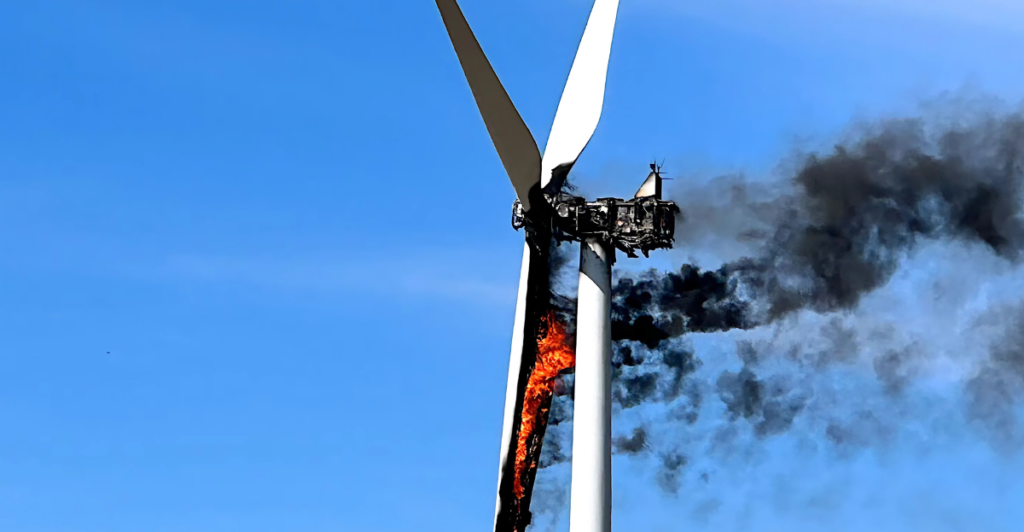
Wind power has built up a squeaky-clean rep, spinning turbines, saving the planet, what’s not to love? But like most things that look perfect on Instagram, the full story is a bit messier. Those giant white turbines? They don’t come without a few environmental eyebrow raises.
Sure, wind energy is cleaner than burning fossil fuels, but the “green” label hides a few rough edges. From harming wildlife to making weird noises and chewing up landscapes, it’s not all clear skies.
So, what’s the real cost of wind energy? Time to take a closer look and unpack the truth behind the blades.
Birds, Bats, and Blades: A Risky Mix
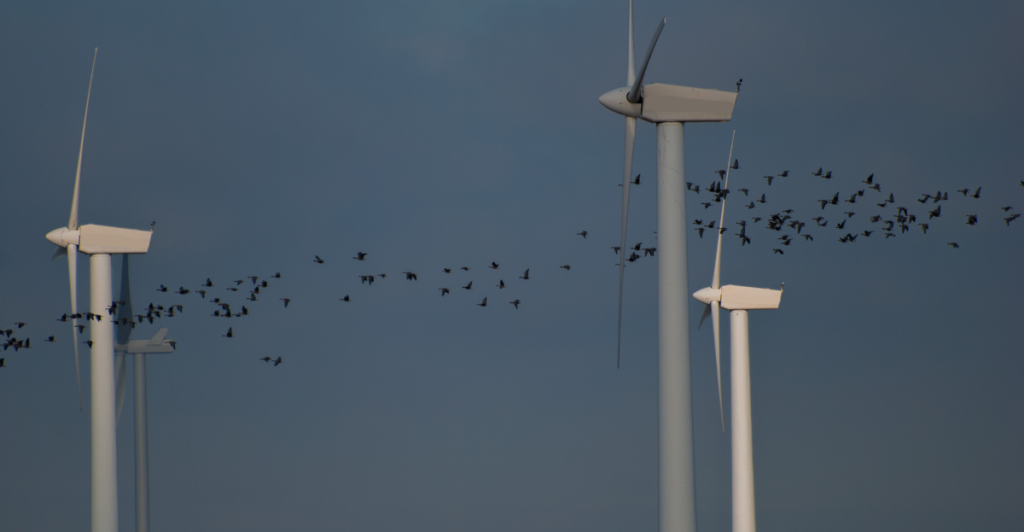
Let’s talk about the elephant in the sky: birds and bats don’t always make it out alive when they cross paths with a wind turbine. Studies estimate hundreds of thousands of bird deaths per year in the U.S. alone, with bats facing their own nightmare thanks to something called barotrauma, internal injuries from sudden pressure changes.
And it’s not just the numbers that sting, some of the victims are already struggling species. The optics? Not great for an energy source that prides itself on eco-friendliness.
To be fair, tech fixes like smart sensors and better turbine placement are helping. But yeah, the bird drama is real.
Habitat Disruption: Wind Farms Take Up Space
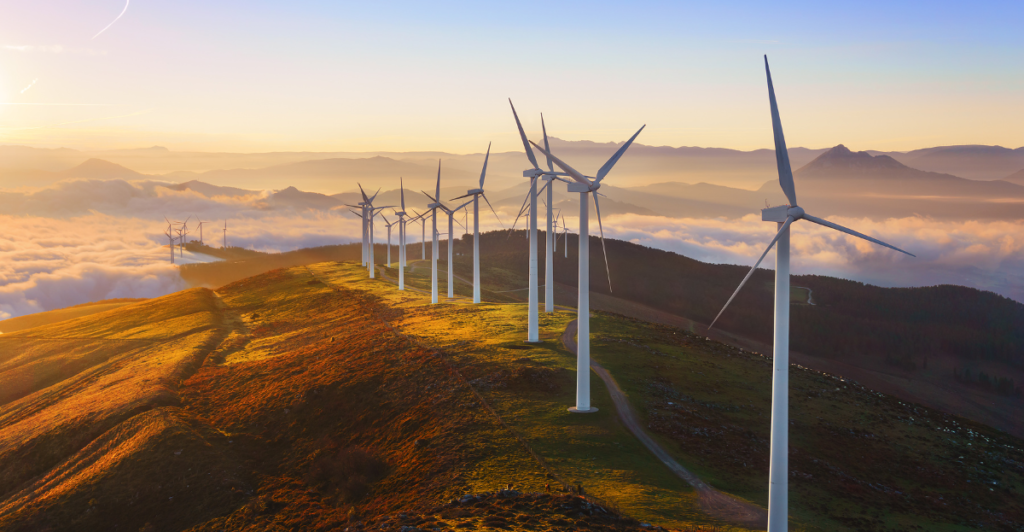
You don’t just stick a turbine in the ground like a lawn gnome. Wind farms need roads, concrete foundations, and big cleared spaces. That means tearing into natural habitats and messing with the local flora and fauna. Plants get uprooted, animals get pushed out, not exactly the earth-hugging image we’re sold.
Some species, especially the shy ones, avoid turbine areas altogether. Others get caught between broken-up habitats. That’s called fragmentation, and it’s a silent ecological headache.
Sure, it’s cleaner energy in the long run, but in the short term? Nature definitely feels the shift, and not always in a good way.
Turbine Noise: The Not-So-Silent Spin
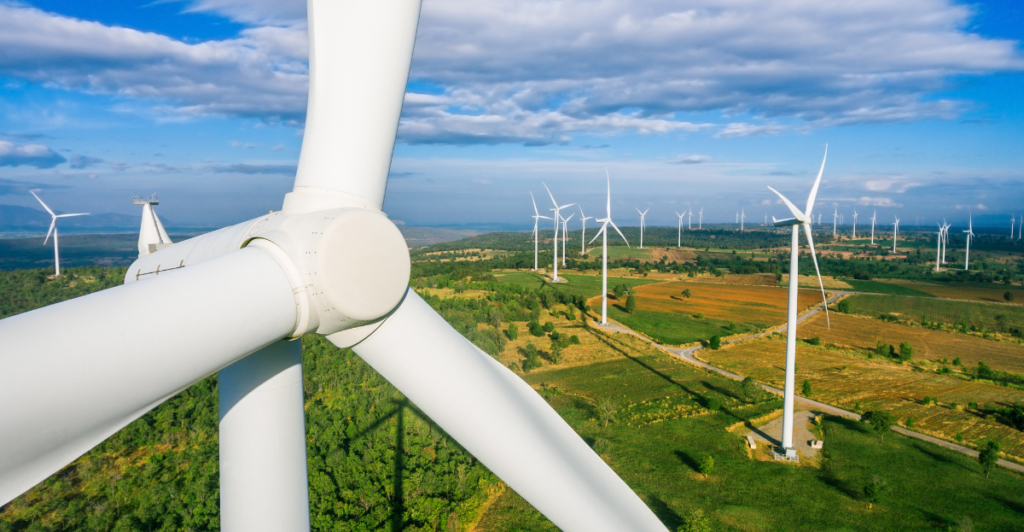
Let’s kill the myth that wind turbines are whisper-quiet. Spoiler: they hum, they swoosh, and in some cases, they produce low-frequency infrasound that people say messes with their sleep and peace of mind.
For wildlife, it’s not just annoying, it’s potentially disorienting. Animals that rely on sound for mating, hunting, or navigating suddenly find themselves next to a giant whooshing party they never RSVP’d to.
While newer models are quieter, communities living nearby still report feeling the vibes, literally. Sound pollution might not be visible, but it definitely makes itself heard.
Not Everyone Loves the View
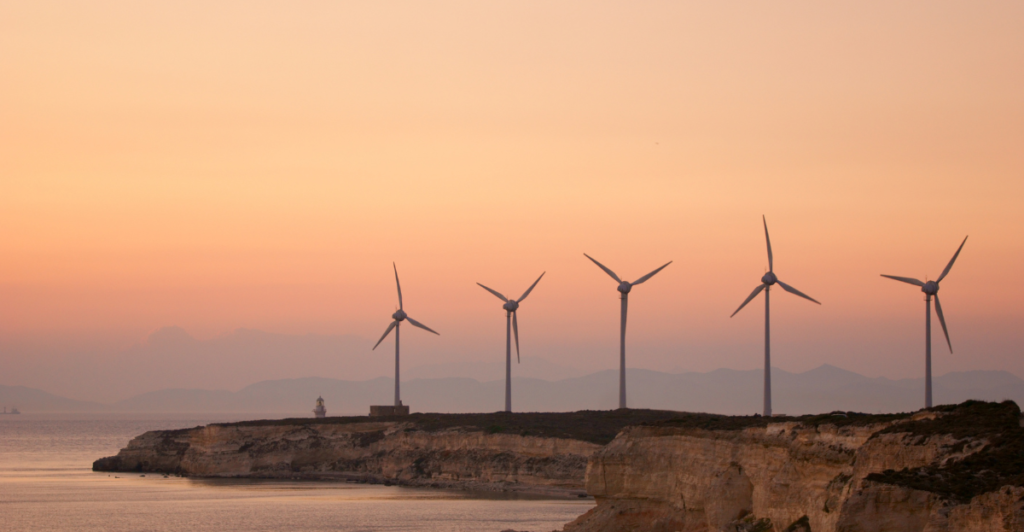
Wind turbines might be photogenic from a distance, but up close? Not everyone’s sold. Some people see sleek sustainability, others see giant white intruders crashing a scenic landscape. It’s especially touchy in places known for tourism or natural beauty.
Property values near wind farms can dip, and some residents protest purely for aesthetic reasons, yes, it’s a “not in my backyard” situation.
Balancing green goals with public opinion gets tricky fast. There’s no universal design fix for visual impact, but strategic placement and community input help calm the aesthetic drama.
Manufacturing: The Messy Origin Story
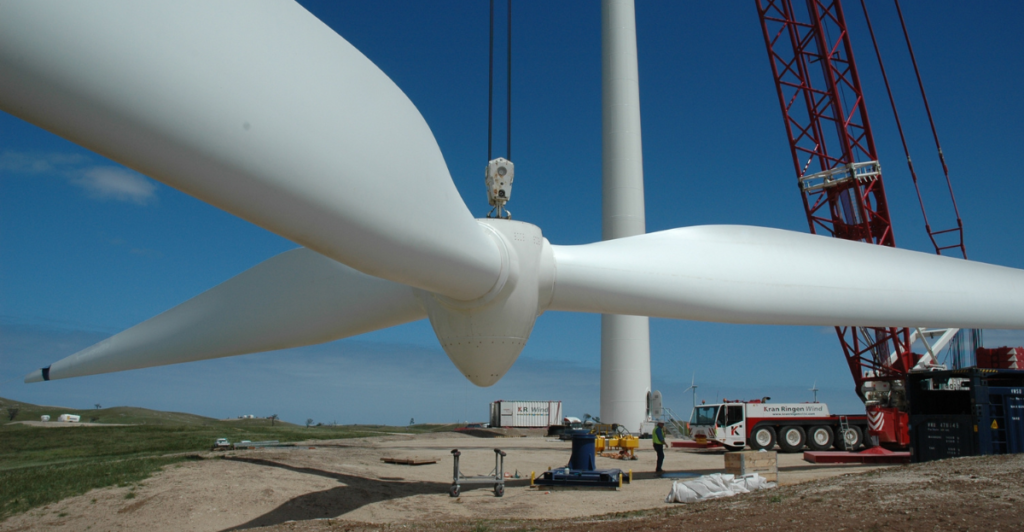
Let’s rewind to before those turbines ever twirled. Building them takes a buffet of energy-intensive materials like steel, fiberglass, and rare earth metals. Mining those resources? Not exactly sustainable or squeaky-clean.
The carbon footprint of manufacturing a single turbine can be hefty, even if it’s offset later by clean operation. Plus, some components (like magnets for the generators) come with their own geopolitical baggage and environmental costs.
Wind energy looks fresh and clean on the outside, but under the hood, it’s still a product of a resource-heavy industrial system. Sorry to break the illusion.
The Decomposition Drama: What Happens After 25 Years?

Wind turbines don’t live forever. After about 20 to 25 years, they’re ready to retire, and that’s when the recycling headache begins. Turbine blades, especially, are a nightmare to break down because they’re made of composite materials that don’t decompose or recycle easily.
So what happens? Many end up in landfills, stacked like giant fiberglass tombstones in the middle of nowhere. And it’s not just a few, we’re talking thousands of blades.
Some companies are working on solutions, like turning them into furniture or concrete filler, but for now? It’s kind of a mess.
Offshore Wind: Deep Water, Big Questions
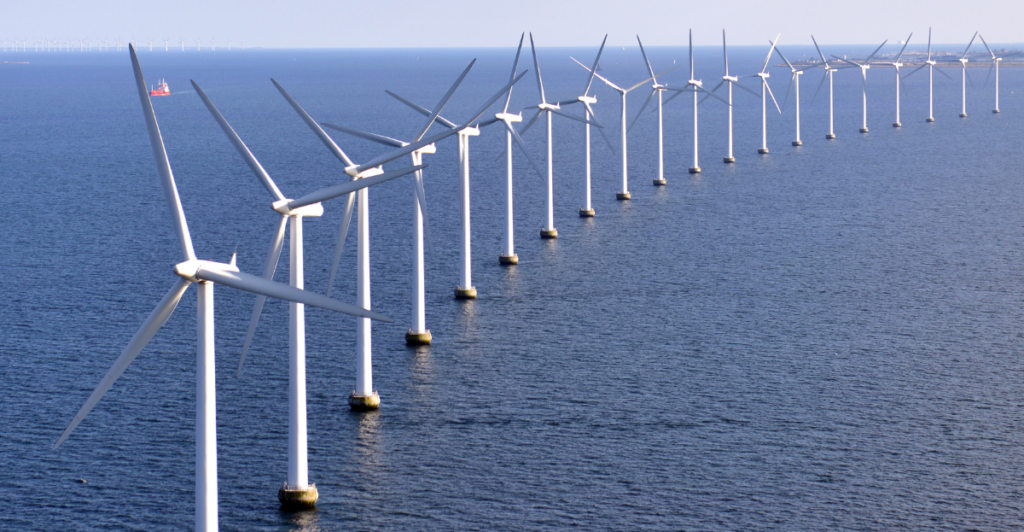
Offshore wind farms sound ideal, strong winds, no NIMBY complaints, endless ocean space. But the marine ecosystem doesn’t always love it. Pile driving during construction can disorient or even injure marine life, and turbines can disrupt migration paths for birds and fish.
Some critics worry about noise pollution underwater, especially affecting whales and dolphins who rely on sound like we use sight.
That said, floating wind platforms and seasonal construction pauses are helping reduce harm. But yeah, even out at sea, wind energy still makes waves, and not always the gentle kind.
The Carbon Payback Myth (and Truth)
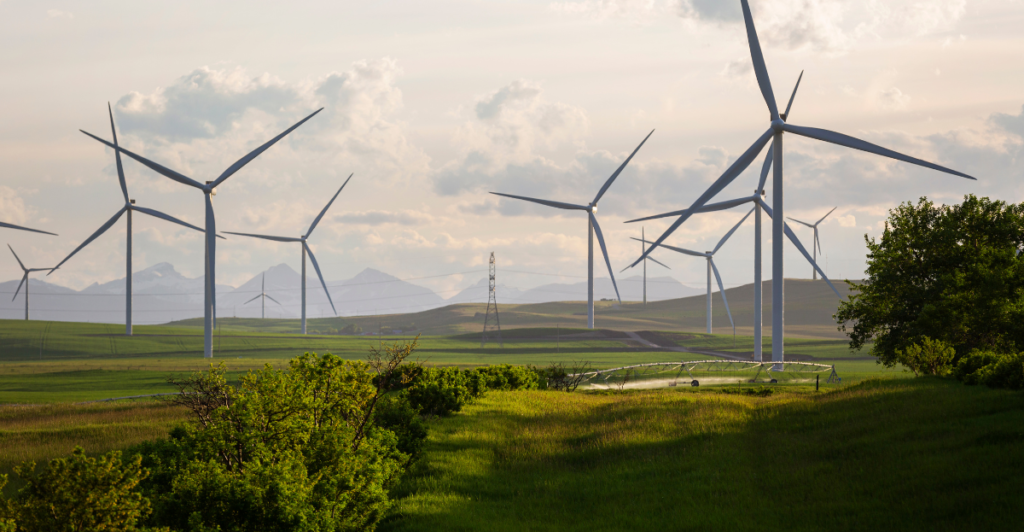
So, are we just dragging wind energy for fun? Not at all. Despite all the drama, wind power is still one of the cleanest sources of electricity available. After accounting for materials, manufacturing, and installation, most turbines “pay back” their carbon cost in under a year.
From there, it’s mostly clean sailing, zero emissions, no fuel cost, and huge climate benefits. Compared to fossil fuels, it’s a no-brainer.
But “clean” doesn’t mean “impact-free.” That’s the tea. It’s about knowing the full story so we can build better, not blindly celebrate.
Worth It — But Let’s Be Real
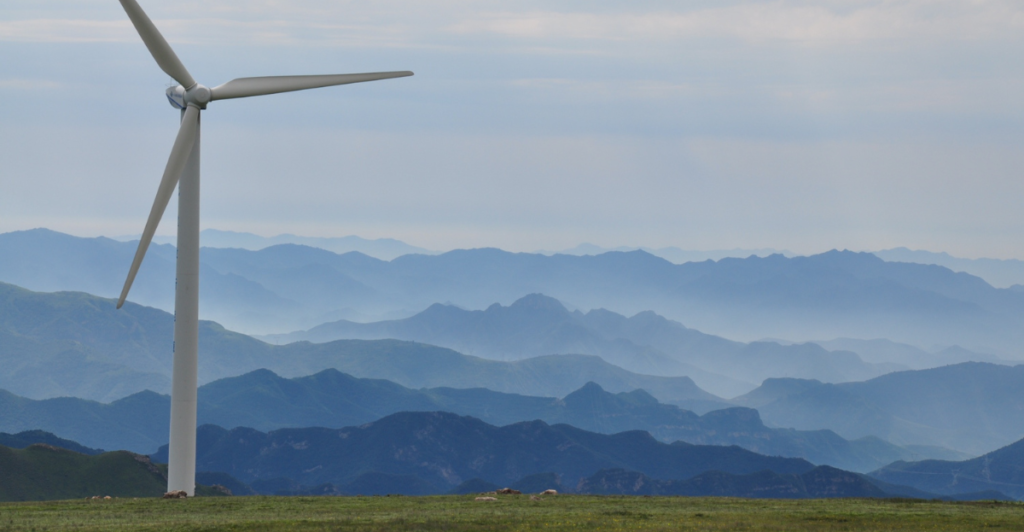
Wind energy isn’t canceled, far from it. It’s one of the best tools we’ve got to fight climate change, and its pros far outweigh the cons. But pretending it’s flawless? That helps no one. Behind the eco-friendly branding is a system that still affects wildlife, landscapes, and local communities.
The good news? We can fix it. Smarter tech, thoughtful siting, and better recycling plans are already in the works. Wind power just needs to keep evolving.
So yes, spin those turbines. Just don’t forget to check the fine print before calling it “guilt-free.”
Explore more of our trending stories and hit Follow to keep them coming to your feed!

Don’t miss out on more stories like this! Hit the Follow button at the top of this article to stay updated with the latest news. Share your thoughts in the comments—we’d love to hear from you!







